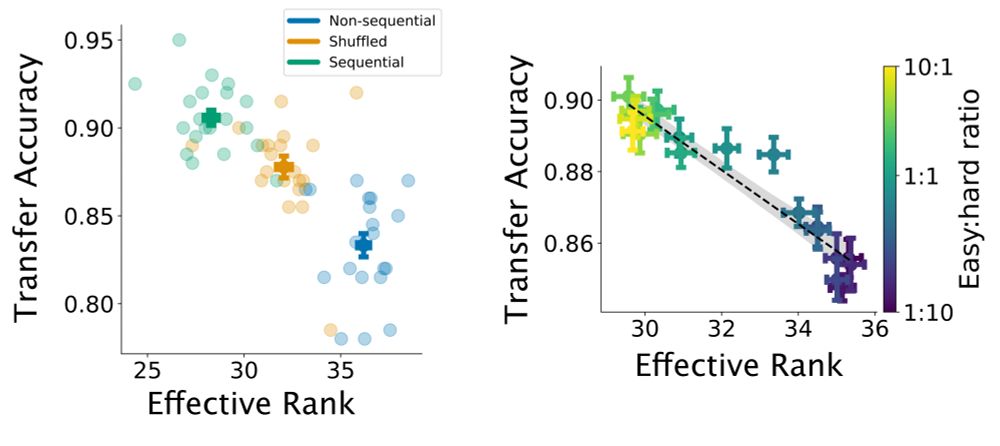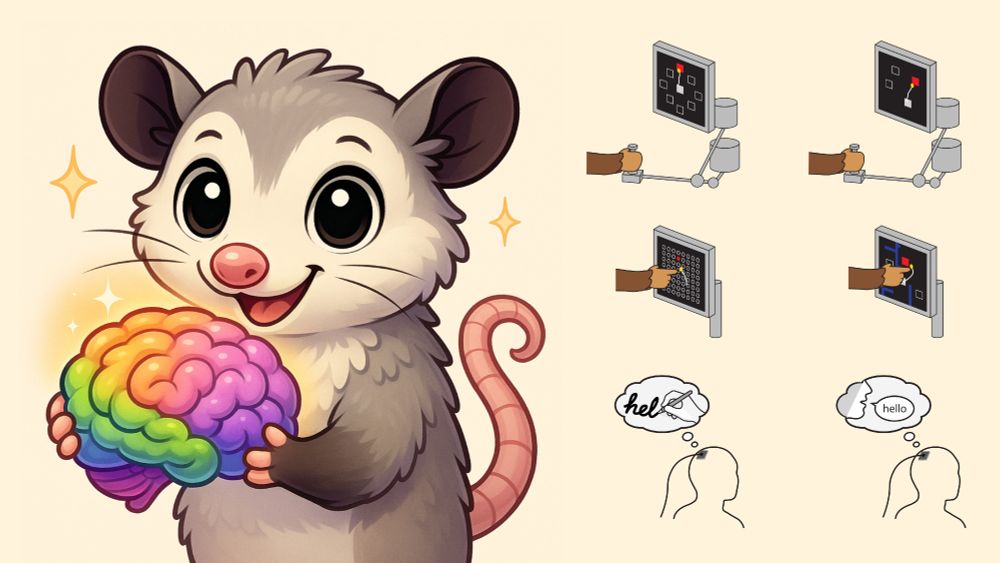Charlotte Volk
@charlottevolk.bsky.social
260 followers
380 following
19 posts
MSc Student in NeuroAI @ McGill & Mila
w/ Blake Richards & Shahab Bakhtiari
Posts
Media
Videos
Starter Packs
Reposted by Charlotte Volk
Reposted by Charlotte Volk
Charlotte Volk
@charlottevolk.bsky.social
· Mar 27
Reposted by Charlotte Volk
Shahab Bakhtiari
@shahabbakht.bsky.social
· Mar 14










